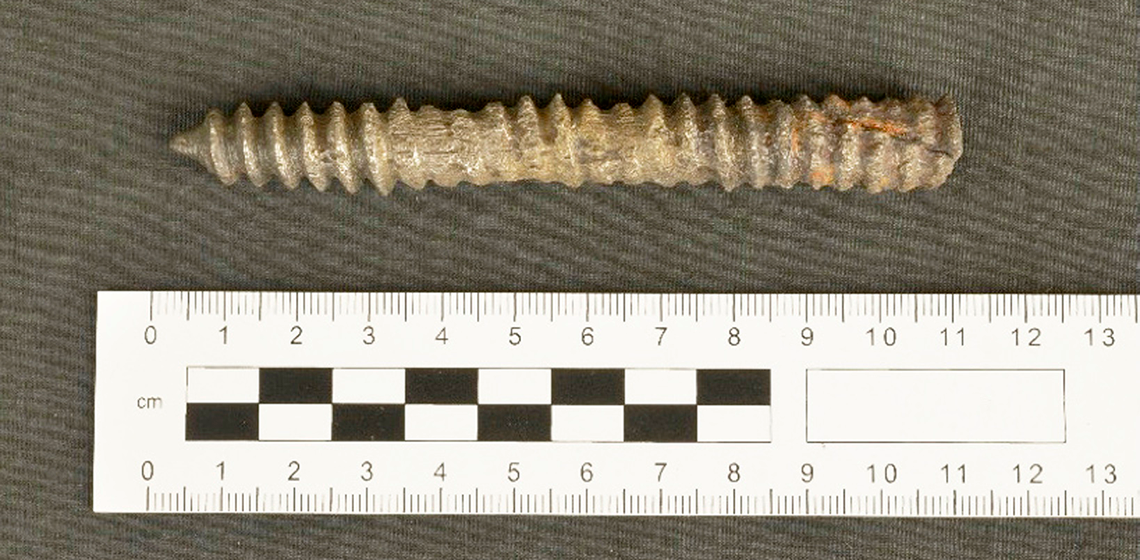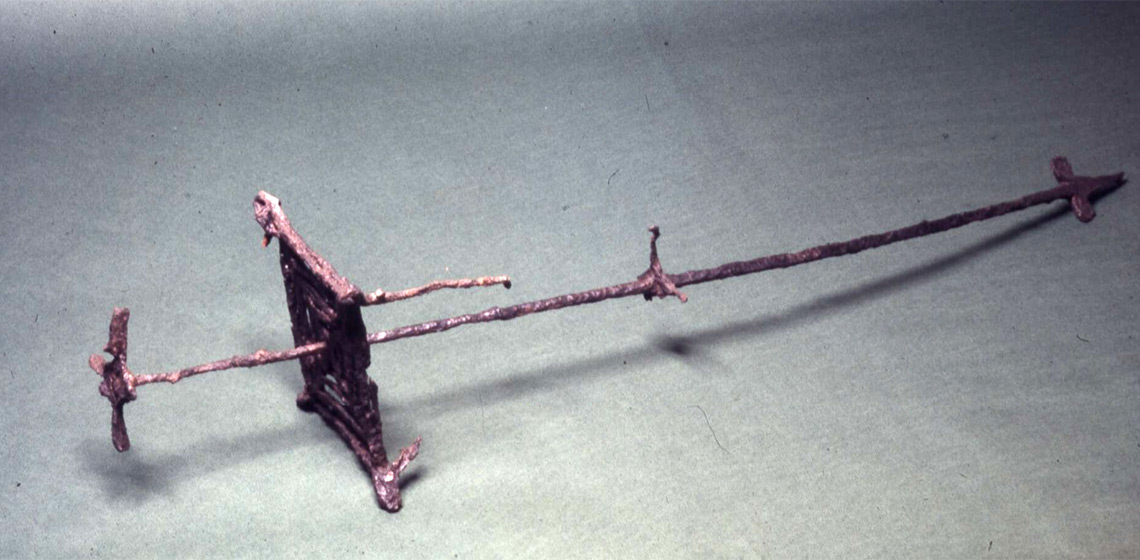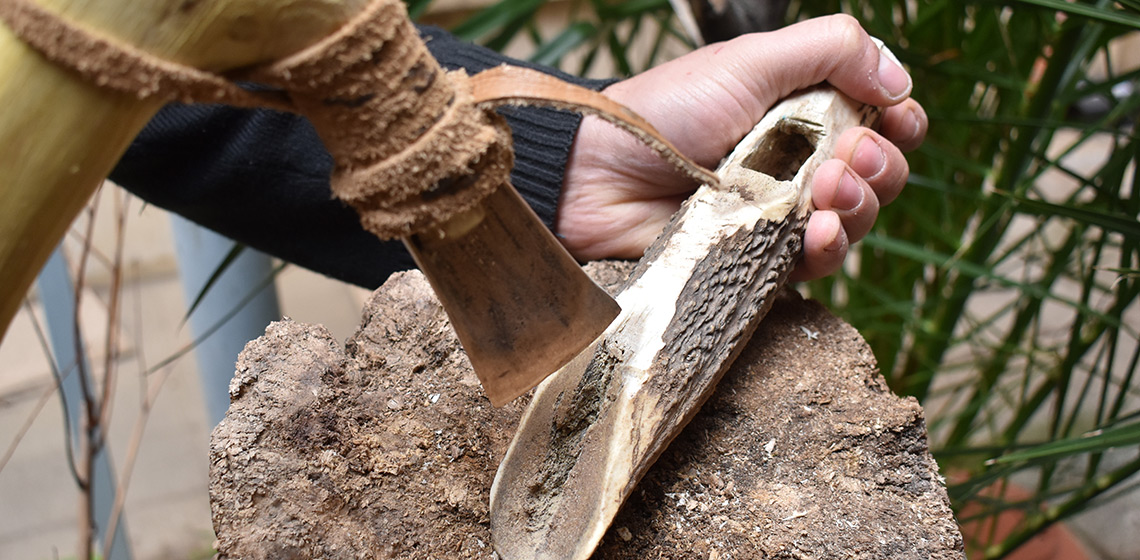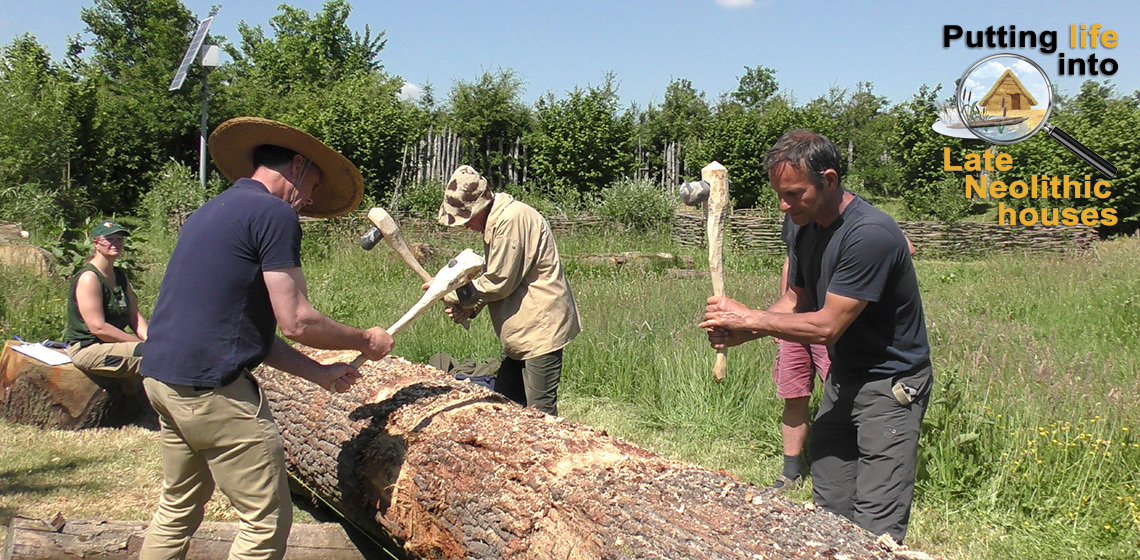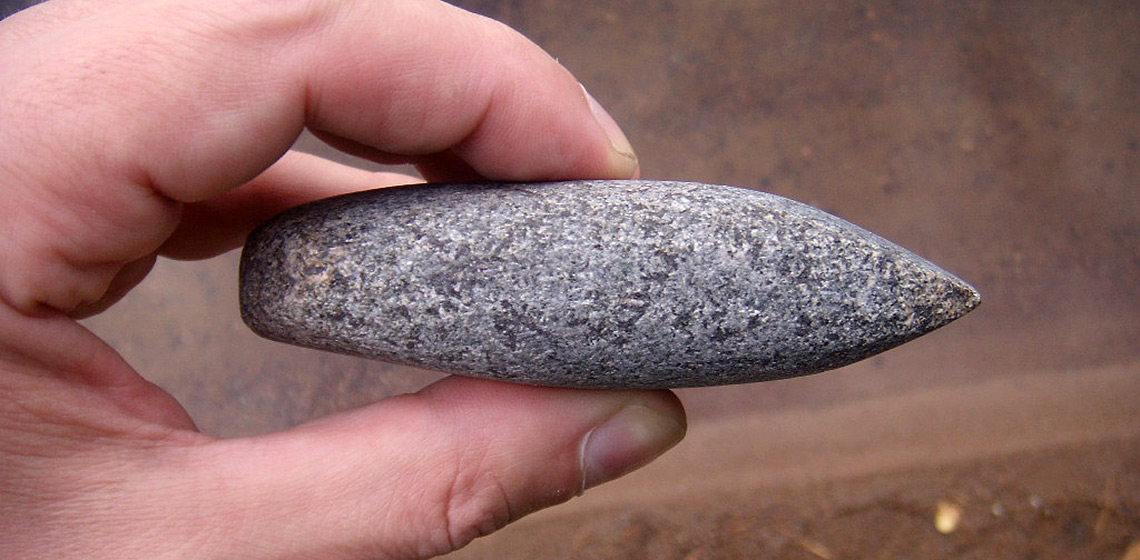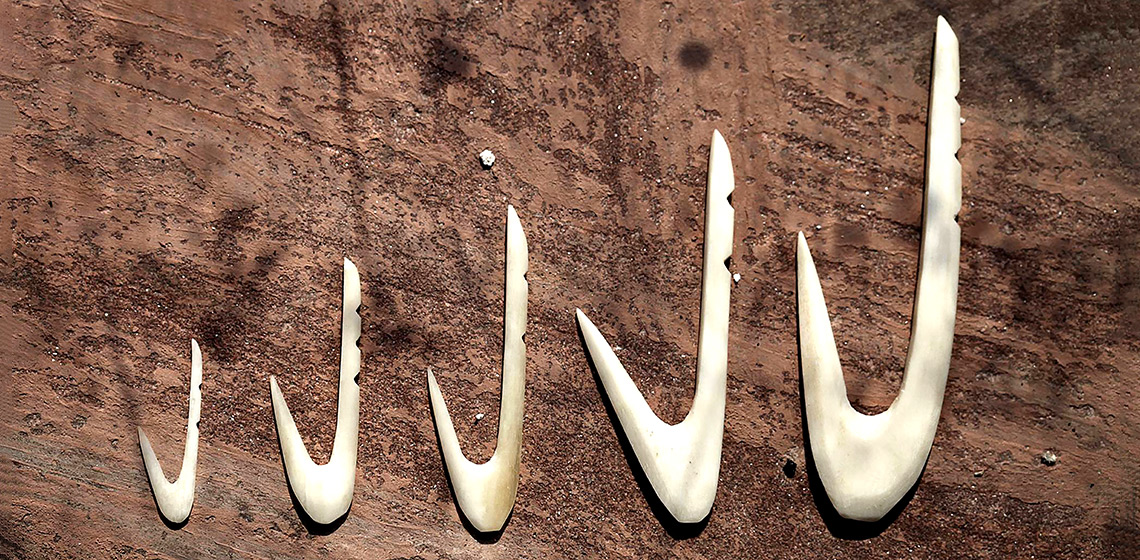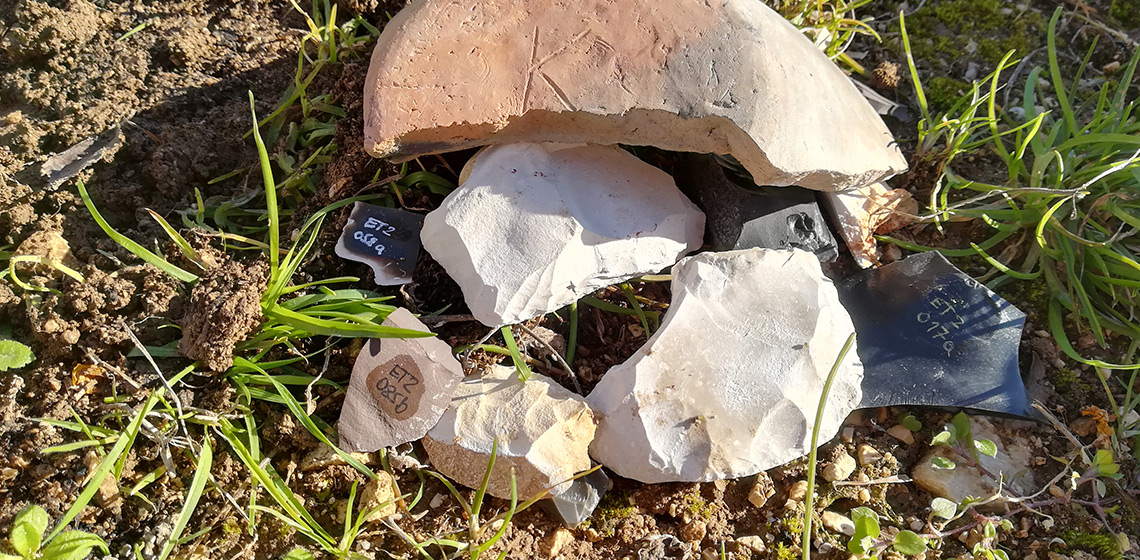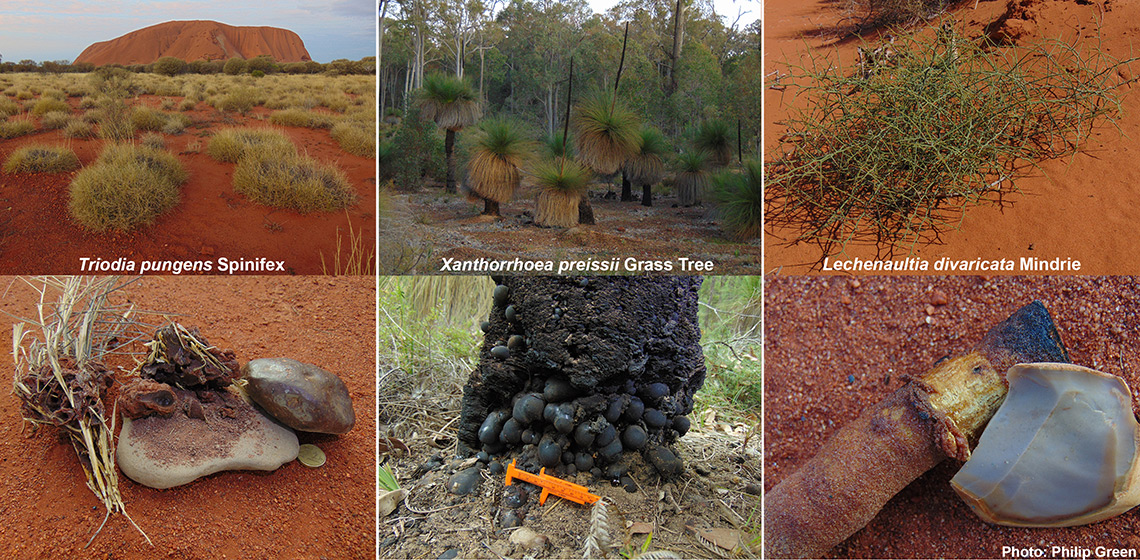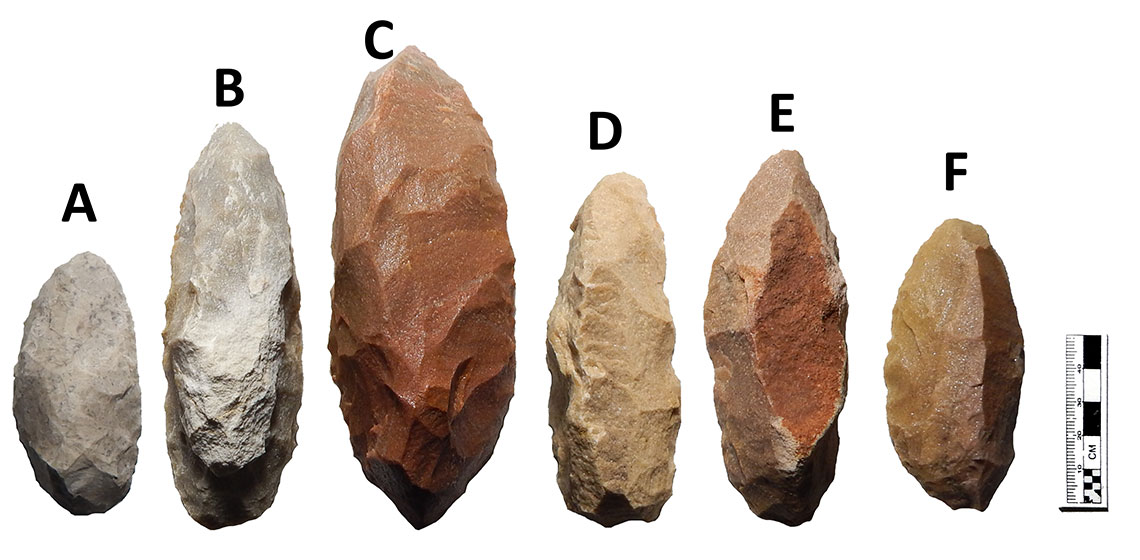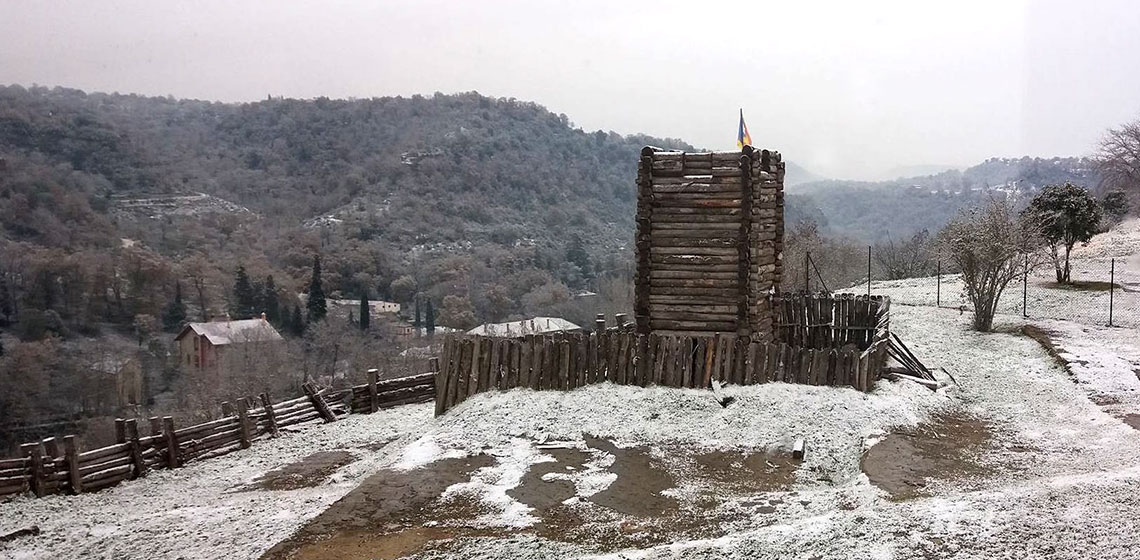The Production of Roman Metal Screw Threads
Metal Screw Threads In Antiquity
During the Roman period, small metal screw threads were used both as fastenings and to impart motion (Burstall, 1970, p.77; Singer, et al., 1972, pp.631–632). Screw threads as fastenings can be seen in some jewellery and screw threads to impart motion can be seen in olive presses. These screw threads could have either a square or V-shaped profile.

